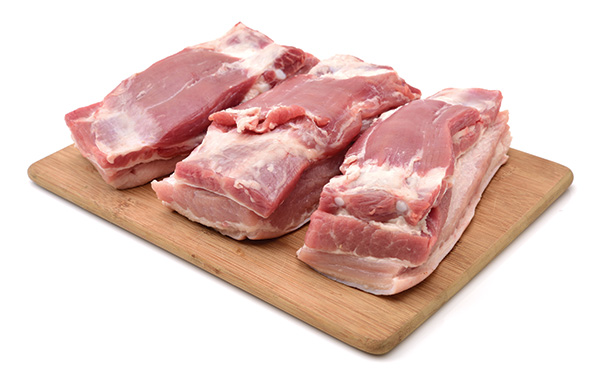Foodservice operators use cookware to both prepare and serve a variety of food items. Commercial cookware uses different types of materials and it comes in different sizes and configurations for various applications.
 Operators use stock pots to cook larger quantities of product. These straight-sided pots have open loop handles and are wider and taller than other pans. The number of liquid quarts these vessels hold at their brims determine the size of the pots. This cookware comes in 8- to 80-quart sizes for single serving or bulk preparation of stock or sauces.
Operators use stock pots to cook larger quantities of product. These straight-sided pots have open loop handles and are wider and taller than other pans. The number of liquid quarts these vessels hold at their brims determine the size of the pots. This cookware comes in 8- to 80-quart sizes for single serving or bulk preparation of stock or sauces.
Sauce pots/saute pans come with straight or slightly tapered sides, and usually have longer straight handles that extend beyond the flames and direct heat. Sizes range from 8 to 60 quarts.
Similar to a saute pan, braziers feature lower sides and are used for braising meats.
Double boilers are like a standard pot, but one pot is slightly smaller so it can nest inside the larger one. The outer pot has water added, creating steam under the inside pot, thus cooking indirectly by steam.
Frying pans range in size from 7 to 14 inches in diameter. Operators generally use the 8-inch version to cook eggs, while the larger 10-inch size is geared for single-plated dinners. Jumbo serving skillets that measure 13 inches by 10 inches are popular with Mexican and other sizzling entrees, such as barbecue.
Mini pieces in 8- and 12-ounce capacities come in oval, round or rectangular shapes. Operators often uses these mini pieces to serve sides and desserts. Stainless and aluminum represent the most common cookware materials, due to their versatility and because operators can clean these items in a commercial dishwasher.
Professional aluminum cookware is extremely durable and a significant heat conductor. The downside is this material is not always as easy to clean as other metals, such as stainless steel.
Many professional cookware lines use stainless steel that includes a mixture of alloys, such as chromium and nickel. The mixture comes in various types of stainless steel, including 18/10, 18/8 or 18/0. Stainless steel does not conduct heat as well as aluminum.
Cast iron cookware provides nonstick use and the longest service life. Cast-aluminum and stainless-clad cookware are more in the line of heat retention like cast iron, but without the nonstick properties. Due to its rustic appearance, cast iron can double as serving ware and cooks often use it in oven-to-table applications. This material can handle high temperatures of up to 1,700 degrees F. Both cast iron and cast iron aluminum cookware can go directly on the grill or into the oven.
Foodservice operators typically can choose between two handle options with cookware. Single-ply material offers an option for a silicone grip that is rated for 450 degrees F for consistent use and 600 degrees F for intermittent use. Hollow handle designs provide heat dissipation.
In terms of new cookware innovations, induction cooking brought about significant changes to the category. Foodservice operators can use most but not all stainless steel cookware with induction cookers. Non ferritic stainless can be used with induction cooktops. This type of cookware is notable for not picking up food flavors and is typically surrounded by ferritic stainless on the exterior. The ferritic surface makes the cookware induction compatible, as iron materials move around when in contact with induction radio waves and molecule friction. The inner material of these pans is often aluminum, as it quickly conducts heat.
Cast iron pieces in many different sizes and shapes serve comfort food and make for sizzling presentations. Mini serving pieces are popular now and used by operators to turn out appetizer or dessert tasters and combos. Split platters can serve up combination entrees.



